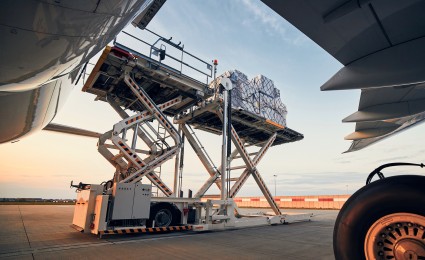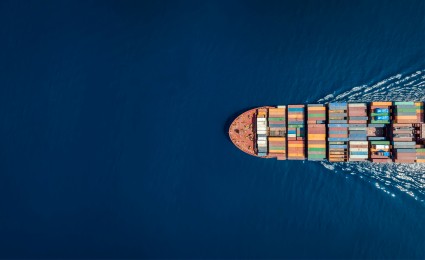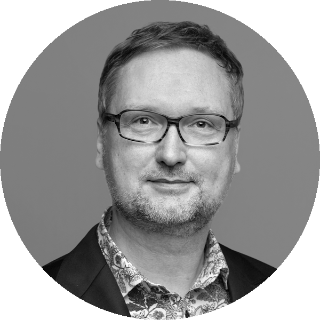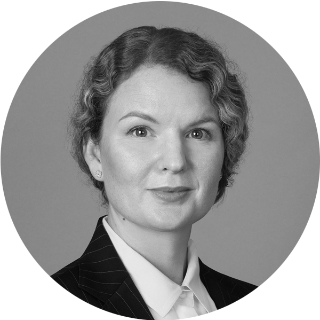Explore the dynamic growth of air cargo in the Middle East and discover strategies for enhancing this vital industry. Learn how Middle Eastern countries are leveraging their strategic locations and innovative technologies to boost their air cargo business. Stay ahead with insights into the future of logistics and trade in this rapidly evolving region.


Transforming mobility in the GCC with transit-oriented developments
A blueprint for accessibility in the GCC
Imagine a GCC region where urban congestion is a thing of the past, public transit is seamlessly integrated into everyday life and cities are home to vibrant, accessible neighborhoods. This vision can become a reality – with the help of transit-oriented development (TOD), an approach to urban planning that prioritizes high-density, mixed-use communities centered around efficient public transit systems.
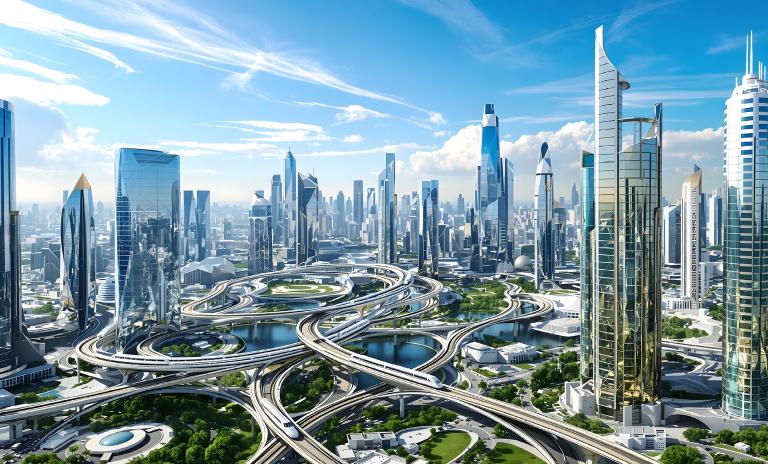
"TOD aligns infrastructure with long-term impact - turning congestion into connectivity and sprawl into sustainable urban growth."
The need for TOD in the GCC region is pressing. Cities such as Dubai and Riyadh are grappling with severe congestion, underutilized public transit and pollution. By adopting TOD, Dubai and Riyadh could reduce average commuter congestion time by as much as 20%. By providing easy access to public transit, TOD would also potentially reduce greenhouse gas (GHG) emissions by up to two million tons a year in Dubai, and up to six million tons in Riyadh – equivalent to one percent of Germany's total GHG emissions. Beyond the environmental benefits, TOD also promises significant economic advantages. By cutting down time spent in traffic, TOD allows people to redirect those hours toward work, leisure, or spending, driving economic activity. TOD also promotes more compact infill development. Thus, Dubai could save as much as AED 6 billion in public spending on water, sewage and road infrastructure, and Riyadh up to SAR 9 billion.
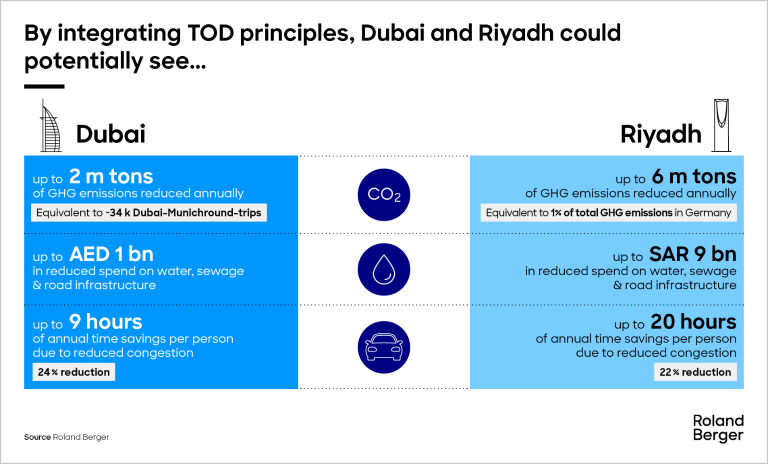
The challenge of urbanization
Rapid urbanization creates major challenges. Today, 55% of the global population lives in urban areas, but the United Nations expects this to reach almost 70% by 2050. In GCC countries the picture is even more extreme, with more than 90% of populations expected to be living in urban areas by 2035. Cities are already congested, with people spending vast amounts of time stuck in traffic. In 2024, for example, a two-way commute of ten kilometers in Dubai during working days at peak hours led to an average of 46 hours stuck in traffic over the course of a year. Significantly, around 702 million people used public transit in Dubai in 2023 – an increase of 52% compared to 2021 – highlighting the need for a functioning system of integrated mobility and public transit.
![Proportion of Middle East city populations living in urban areas [2035; %]](https://img.rolandberger.com/content_assets/content_images/captions/Roland_Berger_25_2073_Self-sustainable-transit-oriented-developments_GT2_IT_image_caption_none.png?v=1392887)
As rising populations put pressure on urban environments and their transportation networks, many cities struggle with the cost of infrastructure. As a result, public transit networks display major gaps. In the GCC, for instance, only 44% of urban residents enjoy convenient access to public transit on average (figure for Qatar only represents Doha, and is based on the bus network planning guidelines and implementation plan developed in 2016). This compares with an average global benchmark of 96% for the most well-connected countries worldwide.
![Proportion of global city populations living within walking distance to public transport [2022; %]](https://img.rolandberger.com/content_assets/content_images/captions/Roland_Berger_25_2073_Self-sustainable-transit-oriented-developments_GT3_IT_image_caption_none.png?v=1392887)
"With over 90% of the GCC soon living in cities, TOD is key to turning traffic time, cost, and emissions into economic value and better quality of life."
In response to the challenge, cities in the GCC have set themselves ambitious targets for developing their transportation networks. Dubai recently launched its 2040 Urban Master Plan, which aims to ensure that 55% of the population lives within 800 meters of a main public transit station by the end of the next decade. The new Transportation Master Plan for Qatar (TMPQ) also aims to increase the accessibility of educational facilities and workplaces via public transit by 50% by 2050. Additionally, Saudi Arabia recently opened the Riyadh Metro, a network of six metro routes with 85 stations and a total length of 176 km, capable of transporting 3.6 million passengers daily. The metro is making it easier for people to use public transport, with estimates showing it could cut around 250,000 private car trips each day. Complementing this, Riyadh’s BRT system will add 160 km of dedicated bus lanes, 80 routes, and over 2,800 stops, significantly expanding the reach and capacity of the city’s public transport network.
What makes TOD a sustainable approach?
To achieve these ambitious goals, cities need to choose TOD, funding projects via public-private partnerships (PPPs) and value-capture financing. In addition, they should ensure regulatory support and the creation of financial incentives.
Cities benefit economically from TOD, making it a sustainable approach. Productivity improves, as goods and services are located closer to consumers and the available workforce. Additionally, TOD mitigates urban sprawl, lessening the pressure on governments to build new infrastructure such as roads, water, electricity, wastewater and drainage networks. Enhanced public transit use also reduces the use of private vehicles, decreasing the need for parking infrastructure; indeed, TOD can reduce infrastructure costs for governments by an estimated 25%.
TOD is also a game-changer for urban residents. By making public transit more attractive, it lessens people's dependence on private cars, promotes shorter commutes and cuts GHG emissions by 2.5 to 3.7 tons per year per household. It increases accessibility for lower-income households and narrows socio-economic gaps. It helps build pedestrian-centric communities around retail, entertainment and green spaces, improving safety and fostering a sense of place. And by promoting walking and cycling , it encourages healthier lifestyles and enhances residents' quality of life.
Realizing the TOD vision in the Middle East
TOD has significant potential for enhancing urban mobility and sustainability in the GCC, particularly in cities undergoing expansion or revitalization. However, successfully realizing projects based on this approach calls for close collaboration between cities, transit operators and developers. Cities play a crucial role as the enablers, developing comprehensive plans and targets, initiating supportive policies and regulations, ensuring project viability and engaging in PPPs to create incentives for development. Transit operators and developers then act as the executors, investing in transit infrastructure, developing surrounding centers and utilizing land value capture and other financing mechanisms to drive the projects.
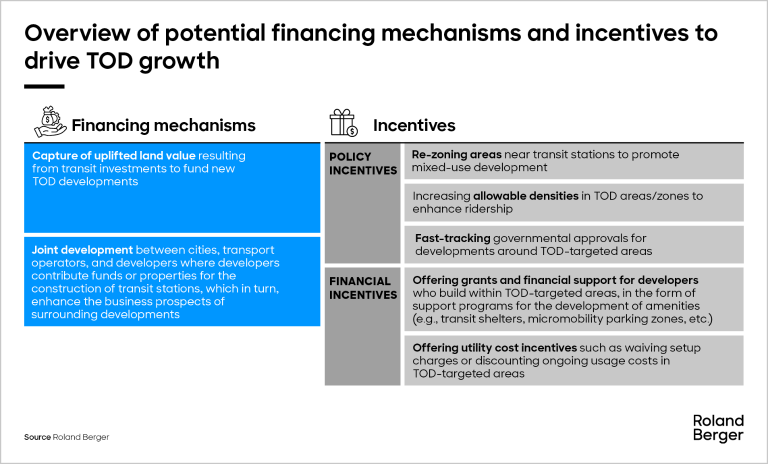
"By aligning urban fabric with mobility infrastructure, TOD helps cities grow smarter, boosting investment returns and livability while preparing for future change."
How can Roland Berger help?
Roland Berger is dedicated to advancing transit-oriented development. We work closely with city authorities, public transit operators and real estate developers to design practical, tailored TOD strategies. Our approach focuses on creating actionable business models with integrated innovative financing mechanisms and operational efficiencies, fostering collaboration among all participants in the urban ecosystem. With our support, clients can achieve sustainable growth and transform cities into vibrant, accessible environments that significantly enhance the quality of life for all residents.
We would like to especially thank Vanessa Morkos for her exceptional contribution in writing this report.




